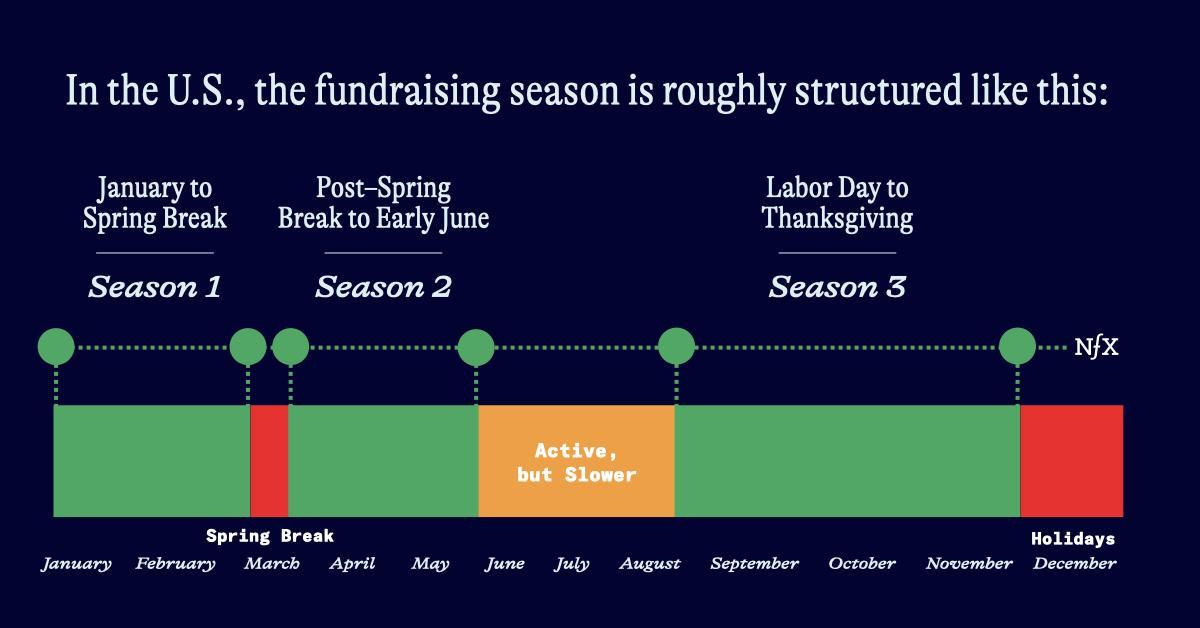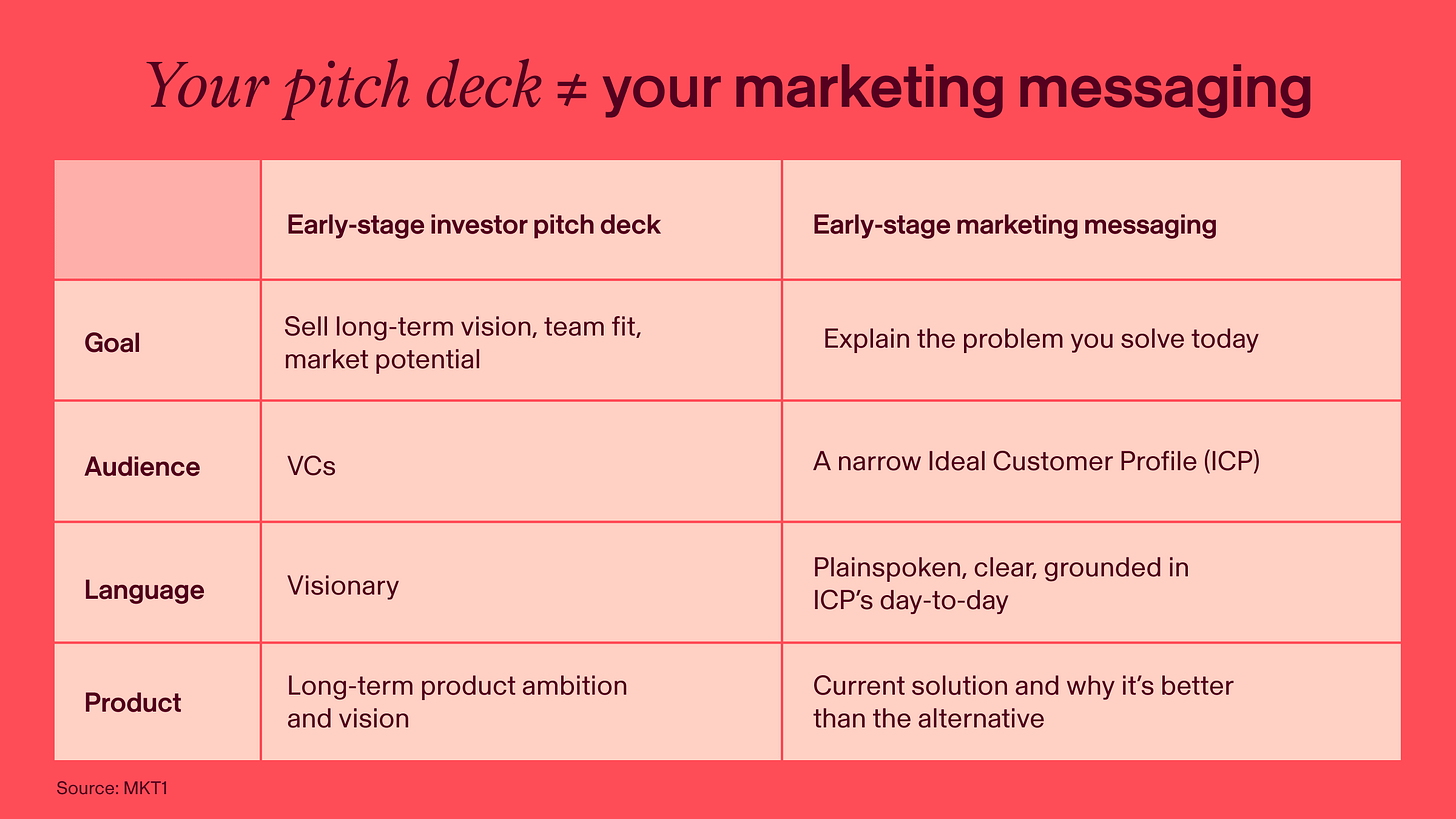Fundraising Seasons, Build vs Buy in AI, Computer Use and Agentic Coworkers
Wisdom lies in simplification.
Good morning
In today's edition, among other things:
Fundraising Seasons
Don’t Ship Your Pitch Deck
Build vs Buy in the Age of AI
Computer Use and Agentic Coworkers
AI Creative Tools
AI in Logistics
Spec is The New Code
Onwards!
Fundraising Seasons
Fundraising has seasons, and your success rate depends as much on when you raise as on how you raise. Fundraising works best when you compress the process into the “hot” windows and plan ruthlessly in the off-season.
Venture capital doesn’t run on a continuous clock. It runs on pulses.
Hot windows: January–March and September–November. Investors are back from holidays, focused, and primed to make decisions quickly.
Cold windows: December and midsummer. Partners are away, ICs drag, deals stall. You can start a process then, but you’ll feel like swimming against the tide.
The same pitch delivered on September 10th versus December 20th lands in entirely different climates.
Momentum is oxygen in fundraising. Investors rarely act alone; they move when they sense others moving too. Here’s NFX:
“Momentum is the single most powerful force in fundraising. If you create it, your odds go way up.”
That’s why seasonal timing matters: everyone is active, everyone is watching. Staggered meetings in a dead zone stretch for weeks and kill urgency. A compressed two-week sprint in a hot season makes competition inevitable.
Seasonality is the amplifier, but the mechanics still matter:
Fund math: Align your round size and ownership ask with target funds’ check sizes. A $5M raise at a $100M post won’t fit most Series A firms’ models, no matter the season
Narrative clarity: As Sequoia advises, you have five minutes to hook an investor: what changed, what you do, and your fast facts. The rest is context.
Handshake clarity: Y Combinator’s handshake protocol is simple: no confirmed offer until an investor explicitly affirms amount and terms in writing. It’s seasonality insurance against ghosting.
And yes, great companies raise year-round. But most companies don’t. For everyone else, seasonality tilts the odds.
Raising in July can work if you compress and keep momentum while partners are out. Risk: drift. Reward: less noise.
Raising across seasons is dangerous: if your round “hangs” into the next window, you look stale. Better to pause, sharpen metrics, and relaunch fresh.
The unknown: whether agent-powered fundraising (AI-native sourcing, automated IC prep) will flatten these cycles.
To recap:
Now (end of off-season): Prepare. Deck, metrics, warm intros. Back-solve from September or January.
Next (on-season): Compress. Run parallel meetings to get 3–5 firms term-sheet-ready within 10–14 days.
Later (long-term): Build fund-math awareness. Track what ownership targets your likely leads need, and design your ask to fit.
Good luck.
Don’t Ship Your Pitch Deck
Staying on the fundraising side a bit more. Founders often confuse the story they use to raise capital with the one they need to win customers. Your pitch deck sells investors on a vision; your website must sell customers on solving a problem today.
Emily Kramer and First Round has seen this mistake across hundreds of startups:
A great pitch deck makes for an ineffective website. It also makes terrible outbound copy. You can’t copy-paste that deck to your homepage because your prospects likely aren’t VCs.
A deck is aspirational—“system of record,” “$100B market,” “world-class team.” Customers don’t buy aspirations; they buy relief from pain. They want to know what your product does right now, why it’s better than the alternative, and how to get started.
The temptation is to mimic Stripe or Figma, aiming to sound like a scaled company. That’s a trap.
Your early advantage is focus. You can solve a very specific problem for a very specific audience better than anyone else. Lean into that. Don’t work against yourself by trying to appear like you solve everything for everyone.
This means:
Pick a narrow wedge problem.
Speak in your customer’s language, not VC jargon.
Avoid category-creation theatrics until you actually have traction.
Early marketing isn’t about vision; it’s about precision.
The smart move is to treat each pitch slide as raw material—not finished messaging. For example:
Problem Slide: For VCs → “Radiologist-read images often misinterpreted.” For customers → “Reduce diagnostic errors”.
Solution Slide: For VCs → “Compliance and security management platform, starting with SOC 2.” For customers → “SOC 2 audit platform”.
Vision Slide: Investors want the $10B TAM. Customers want “We manage the customs process for everything you ship”.
Market Slide: Swap “remote-first companies globally” with “Built for early-stage remote startup teams”.
My biggest learning is this: assume zero context. Spell it out.
If your first 10 customers can’t tell what you actually do from your site, no investor deck in the world will save you.
Build vs Buy in the Age of AI
For as long as I’m in tech “build vs buy” has been a binary debate in tech. Either you build in-house (flexible but costly) or buy off-the-shelf (fast but constrained). That trade-off doesn’t go away becouse of AI but it’s different now.
Keep reading with a 7-day free trial
Subscribe to Bartek Pucek to keep reading this post and get 7 days of free access to the full post archives.


